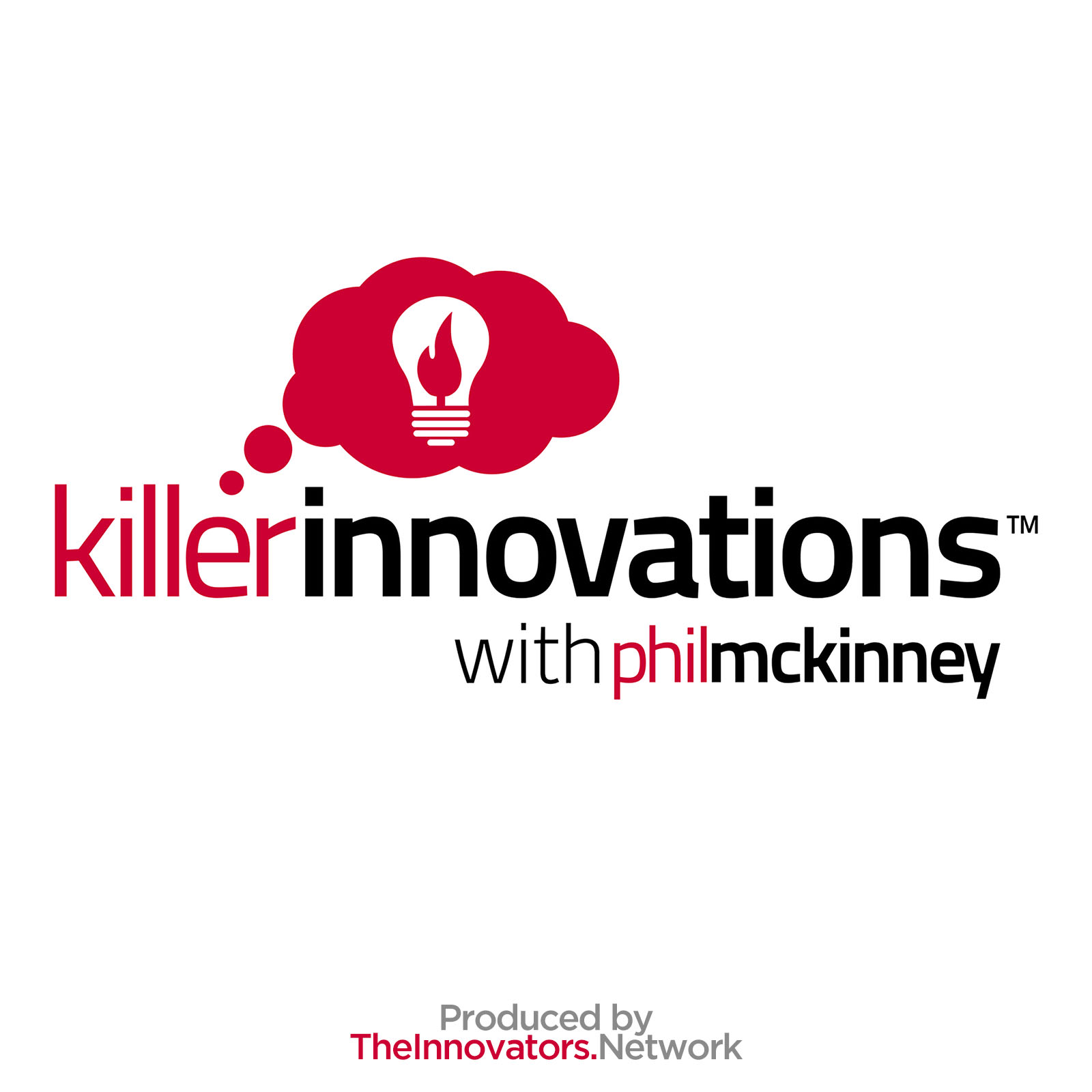Innovating with Nanobots: What You Need to Know

During the Cold War, Nobel Prize winner\xa0Richard Feynman\xa0investigated the possibility of\xa0science\xa0on a microscopic scale. He wanted to create machines that could assemble molecules atom by atom. While this sounds like\xa0science fiction, the “nanoscale” exists. Nanobots exist. Nanotechnology is growing rapidly, and I believe its impact will be significant.
\n
\nThe Nanoscale
\nIn 2016, IBM researchers announced they had created the world's smallest motor, just 1x1x4 nanometers in size. A nanometer is one-millionth of a meter. The motor is made of a single carbon nanotube, spinning at up to 60,000 rpm. The nanobot technology trend focuses on making these tiny machines fast, strong, and precise. While IBM's motor is not yet practical for real-world applications, it shows how far nanotechnology has come.
\n7 Use Cases for Nanoscale Robots
\n1.\xa0\xa0\xa0\xa0 Cancer treatment
\nNanobots can help in the early diagnosis of cancer cells and can destroy them.
\n2.\xa0\xa0\xa0\xa0 Brain-computer interface
\nNanobots could read electrical signals in the brain and translate them into commands for a computer.
\n3.\xa0\xa0\xa0\xa0 Surgical procedures
\nNanobots can help improve the accuracy of surgery and reduce healing time, risk of infection, costs, etc.
\n4.\xa0\xa0\xa0\xa0 Drug delivery
\nNanobots can \u200ctarget cells or tissues to deliver drugs with more precision.
\n5.\xa0\xa0\xa0\xa0 Environmental cleanup
\nNanobots can aid in the environmental cleanup of spills and other disasters by\xa0targeting pollutants.
\n6.\xa0\xa0\xa0\xa0 Manufacturing
\nNanobots can be used in manufacturing to create small, intricate parts or products.
\n7.\xa0\xa0\xa0\xa0 Computing
\nNanobots can create ultra-fast processors that store more data.
\nThe Future of Nanobots
\nSuccessful innovation\xa0with nanobots can improve the efficiency of many industries and create new ones altogether. Government organizations like the\xa0National Science Foundation (NSF)\xa0invest in nanotechnology research for improved energy sources, materials, electronics, etc.
\nThe global market growth for nanorobotics is from $6 billion in 2020 to $14.3 billion by 2028. The secondary economic impact of nanorobotics on industries that adopt them is a projected $3.1 trillion by 2035. Because of the competitive advantage nanobots can bring, leaders should consider how they leverage them. This feat can be challenging to do on your own, which is why many companies turn to an innovation agency for help in innovation scouting.
\nTo know more about nanotechnology,\xa0 listen to this week's show: Innovating with Nanobots: What You Need to Know.